8-minute read
keywords: dinosaurs, evolutionary biology, paleontology
I am not quite done with predatory dinosaurs yet. With the publication of Mark Witton’s much-anticipated King Tyrant just now, I turn towards that most famous of theropods. I do so, however, by taking a detour via palaeontologist David Hone’s 2016 book The Tyrannosaur Chronicles, which provides an accessible introduction to the 100-million-year history of the family that would ultimately spawn Tyrannosaurus rex. Along the way, there are shades of mythbusting that would foreshadow his later books.
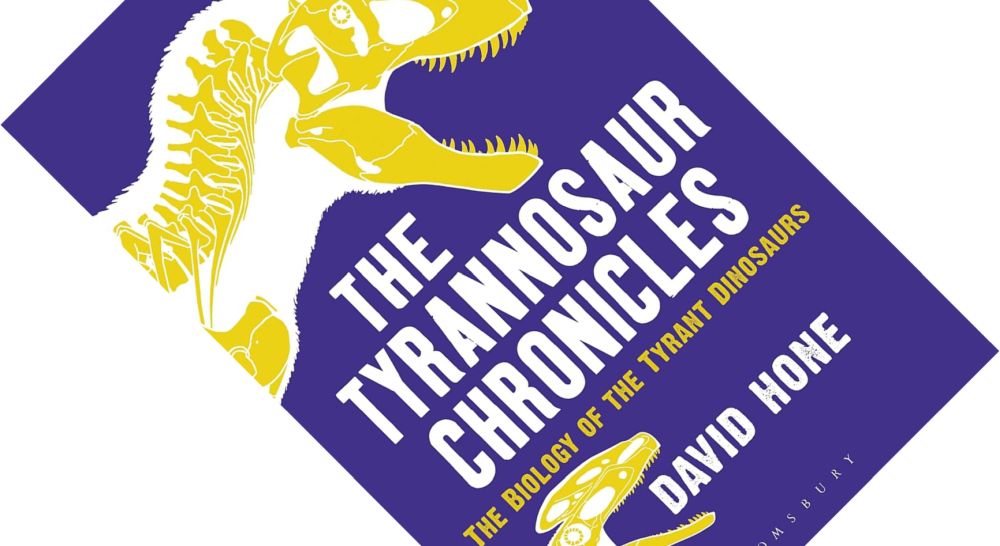
The Tyrannosaur Chronicles: The Biology of the Tyrant Dinosaurs, written by David Hone, published by Bloomsbury Sigma (a Bloomsbury Publishing imprint) in April 2016 (hardback, 304 pages)
These chronicles break down into four parts, of which the last one is a relatively brief conclusion and outlook to the future, while the first three have more meat on the bones. Given that we are talking about much more than just T. rex, Hone starts with their evolutionary history and family tree. In the process, he provides some excellent explainers. What, for example, is the difference between similar-sounding names such as tyrannosaurines, tyrannosaurids, and tyrannosauroids? They are progressively more ancestral and inclusive groups. What is the logic behind cladistics? To include as many morphological characters as possible in your analysis, rather than choosing a few and risking picking the convergently evolved ones; i.e. you allow the data to speak for itself and reveal the most likely family structure. A last example is the species concept used by palaeontologists. As I do not have a professional background in palaeontology, this one has always confused me. The biological species concept, based on interbreeding and reproductive isolation, obviously does not work for extinct organisms. Here, finally, is a popular book that addresses it: palaeontologists instead use a morphological species concept. But how much morphological difference is enough to speak of separate species? You can see that this can be a major bone of contention, with experts disagreeing on whether certain fossils represent different species, or rather individual variation, different age groups, or different sexes of the same species.
Staying on that topic, the second part walks you through tyrannosaur anatomy, from head to tail, and from internal organs to integument, including the species for which we have evidence of filamentous feathers. Hone considers their physiology and how their bodies changed over evolutionary time, with later species growing proportionally larger and more robust heads, even when accounting for the overall increase in body size, while (famously) ending up with shorter arms and fewer fingers. Having given you an overview of the various family members and what they look like, he turns to their biology: how did these creatures reproduce and grow, who were their prey and competitors, how did they obtain their food, and what do we know about other behaviours?
The above is a brief overview of the book’s accessible contents and logical structure. Rather than going into more detail, instead I want to highlight two points that stood out to me: foreshadowing and scepticism.
“As I recently reviewed Hone’s later books […] I could not help but notice how this book foreshadows certain themes that will make a return.”
As I recently reviewed Hone’s later books, The Future of Dinosaurs (2022) and Uncovering Dinosaur Behavior (2024), I could not help but notice how this book foreshadows certain themes that will make a return. Both books give examples of how the fossil record can be deceptive, whether through a glut or dearth of fossils. The individuals found in bonebeds did not necessarily live or even die together, while group-living organisms often lose members individually; solitary fossils do not exclude social behaviour. Here it shows up in the context of the 1997 discovery of a group of Albertosaurus fossils, which likely represented a genuine group of individuals in life, rather than a predator trap or a post-mortem event aggregating bones. However, as clarified with examples from animals living today (think, for instance, seasonal gatherings), aggregations do not necessarily equal sociality. The Future of Dinosaurs furthermore talked about the low odds of statistical outliers being preserved in the fossil record (e.g. the largest or oldest individuals). The largest, mostly complete T. rex fossil we have is the famous “Sue”, who is on display at the Field Museum in Chicago, but we have incomplete specimens with bigger bones. Similarly, both early populations of ancestral species and dwarf forms living on islands would have been few in number and thus unlikely to show up in the fossil record. Lo and behold, Hone adds, as this book was being written, scientists described the small-bodied Nanuqsaurus, a potential island species.
A second aspect I noticed about The Tyrannosaur Chronicles is that it is somewhat of a myth-busting exercise. The endless hyperbole in popular media and the press “overshadows a fascinating evolutionary story […] it’s almost impossible to say very much over the chorus of statements about how cool they are or questions as to whether they would win in a fight with Spinosaurus” (p. 24). Reconstructions showing a perfect toothy grin ignore the fact that tyrannosaurs cycled through hundreds of teeth in life, new teeth regularly forming underneath old ones. Had you looked into their mouths, you probably would have seen missing or emerging teeth. Similarly, the focus on bite power hides the fact that we have evidence of tyrannosaurs handling food items in more delicate ways, such as a Saurolophus humerus that seems to have been turned over, possibly as it was stripped of flesh. “Tyrannosaurs were much more than near-armless bone crushers […] they were also real animals” (p. 277). The endless depictions of hunting belie the fact that, like large predators alive today, most of their time would have been spent sleeping or lounging, which then leads you to the more interesting question: how did tyrannosaurs lie down for a snooze? Hone expresses a fair amount of understandable frustration with popular depictions. To me, it highlights why books like this and Witton’s King Tyrant are so welcome and necessary.
“Hone expresses a fair amount of understandable frustration with popular depictions [of tyrannosaurs]. To me, it highlights why books like this […] are so welcome and necessary.”
Another side to this mythbusting is Hone’s measured view on some of the more controversial and outlandish ideas that colleagues have floated over the years. I mentioned at the start how palaeontologists disagree over how much difference is enough to assign a new name to a specimen. A prime example of this is the debate around Nanotyrannus (the Muséum national d’Histoire naturelle in Paris, which I visited while writing this review, has a replica of its skull on display). Gregory S. Paul is one of several palaeontologists who think it is a separate species based on certain morphological characteristics, while others argue it represents a juvenile of Tyrannosaurus. Paul similarly recognises several species of Tyrannosaurus next to T. rex, including the robust T. imperator and more gracile T. regina, while Hone and others think that robust and gracile morphs represent intraspecific variation or sexual dimorphism. A final example is the abovementioned aggregation of Albertosaurus fossils. For palaeontologist Phil Currie, this is evidence of advanced pack hunting behaviour, with juveniles driving prey towards the adults who would have dealt the death blow. Hone makes no bones of it (sorry): “such a specific idea about exact hunting patterns needs some strong evidence to support it, and for me it falls rather short at the moment” (p. 243). His coverage of these and other ideas foreshadows the philosophy he more explicitly expressed in Uncovering Dinosaur Behavior: to “always favor a degree of uncertainty or lack of confidence in a result, rather than embracing an interpretation confidently that may be wrong” (p. 35 therein).
A final shout-out goes to the skeletal reconstructions of whole animals and body parts by Scott Hartman. The curse of such schematic diagrams is, of course, that they look very similar to what others do. However, his note at the start of the book, explaining his methodology, shows that Paul is not the only one to bring a great deal of care and technical know-how to this craft. I actually would not have minded some more; certain morphological descriptions, such as the makeup of the shoulder girdle, would benefit from visuals drawn from a different angle.
Overall, this is a hugely enjoyable popular science book that sets the stage nicely for my next review. If Hone convinces you that there is more to tyrannosaurs than just T. rex, it is still the most famous dinosaur. But how much of this, really, is based on solid facts?
Other recommended books mentioned in this review:
__________________________________________________________________
__________________________________________________________________
__________________________________________________________________

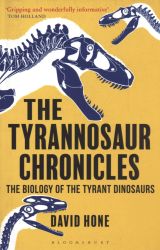
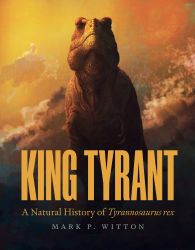
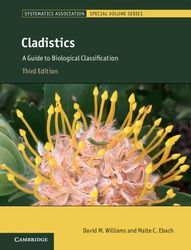
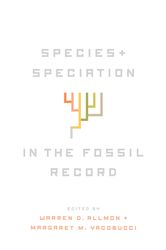
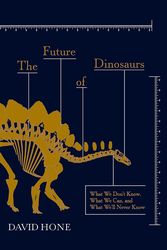
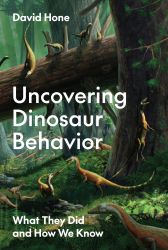
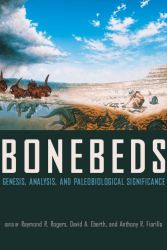
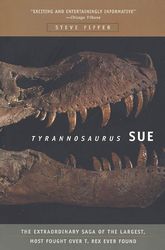
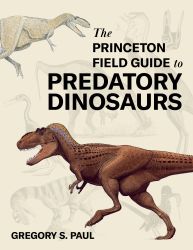
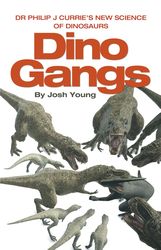
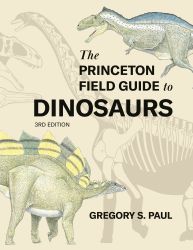
This makes me realize how very long it’s been since I read anything current on dinosaurs. I checked my blog, and I haven’t visited the subject since 2011.
LikeLiked by 1 person